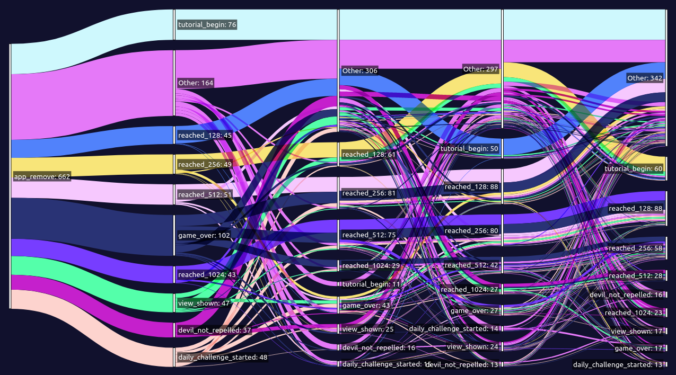Over the course of 10 years of working with data you tend to pick up a few things. You learn (and re-learn) languages and syntax. You make mistakes, some of them bad ones. You get better at spotting bullshit. You also start to observe some patterns, both in the work and in your colleagues.
Seven is an arbitrary number of course but I believe the following seven traits are things I have consistently observed across the best Data Scientists I have had the pleasure of working with. They are not things you can put on a resume. They probably won’t help you in that coding test or job interview. But they are traits which mean they are able to make more meaningful contributions, have a bigger impact, and get along better with their colleagues.
So, given this article is already long enough, let’s skip to the part we are all here for: 7 traits of the best Data Scientists.
Continue reading

